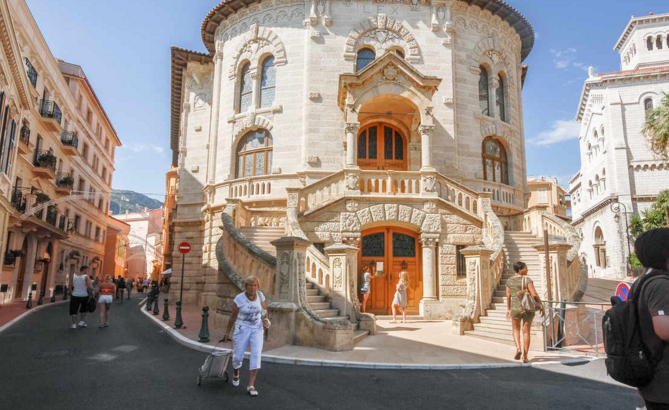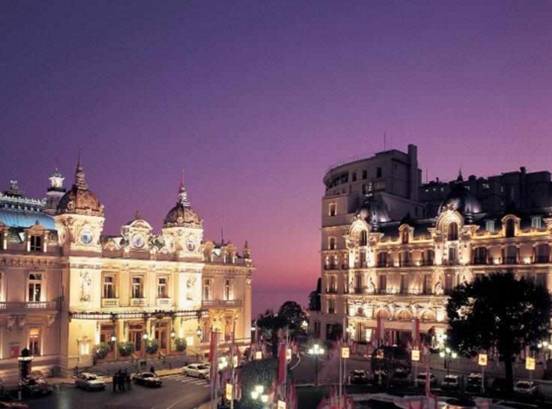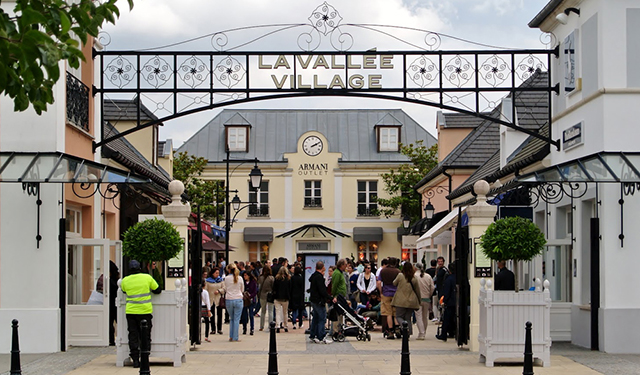A Grand Tour of France: From Paris to Provence and Burgundy

A Grand Tour of France: From Paris to Provence and Burgundy
This comprehensive travel guide outlines a classic and enriching circuit through the heart of France, combining the iconic capital with the wine-rich regions of Burgundy, the Roman heritage and gastronomy of Lyon, the luminous landscapes of Provence, and the charming villages of the Luberon. The itinerary, starting and ending in Paris, is designed for a immersive two to three-week journey.
Itinerary Overview
The proposed route is a loop that showcases the incredible diversity of central and southern France:
Paris -> Dijon -> Lyon -> Arles -> Fontaine-de-Vaucluse -> Gordes -> Aix-en-Provence -> Valensole -> Gorges du Verdon -> Valence -> Beaune -> Paris. This journey covers world-class art, ancient history, unparalleled food and wine, breathtaking natural scenery, and the serene beauty of the French countryside.Chapter 1: Paris - The City of Light
Paris needs little introduction. As the starting point, it offers a dazzling immersion into art, architecture, and cosmopolitan culture.
Key Attractions
Food & Drink
Paris is a culinary capital. Beyond Michelin-starred restaurants, one must experience a classic
croissant from a local boulangerie, enjoy a café au lait at a sidewalk terrace, savor steak-frites at a traditional bistro, and indulge in pastries like the éclair or macaron. Exploring local markets, such as Marché d'Aligre, provides a authentic taste of Parisian life.Transportation & Accommodation
Paris is served by two major international airports: Charles de Gaulle (CDG) and Orly (ORY). The city's Metro system is efficient and comprehensive. The best way to explore central arrondissements is often on foot. Accommodation ranges from luxury hotels near the Champs-Élysées to charming boutique hotels in the Marais or more affordable options in the Latin Quarter.
Chapter 2: Dijon - The Capital of Burgundy
A high-speed train (TGV) from Paris Gare de Lyon brings travelers to Dijon in about 1.5 hours. Dijon is a handsome city famed for its mustard, but more importantly, as the gateway to the Burgundy wine region.
Key Attractions
Food & Drink
Dijon is synonymous with mustard, though many large producers have moved. Boutique shops like
Moutarde Fallot still produce it locally. Burgundian cuisine is robust: try boeuf bourguignon (beef stewed in red wine), escargots de Bourgogne (snails), and enjoy the world-famous wines from nearby Côte de Nuits and Côte de Beaune.Cultural Insight
Dijon's wealth and architectural splendor are a direct result of the powerful Dukes of Burgundy, who once rivaled the kings of France. The city's history is deeply intertwined with the production and trade of wine.
Chapter 3: Lyon - The Gastronomic Capital
A short train ride south from Dijon leads to Lyon, France's third-largest city, situated at the confluence of the Rhône and Saône rivers.
Key Attractions
Food & Drink
Lyon is the undisputed gastronomic heart of France. Visit a traditional
bouchon, a type of bistro serving Lyonnaise specialties like salade lyonnaise (with bacon lardons and a poached egg), quenelles (fish dumplings), and andouillette (tripe sausage). The city is also known for its vibrant food markets, such as Les Halles de Lyon Paul Bocuse.Chapter 4: Arles - Van Gogh's Provençal Canvas
Taking a train from Lyon to Arles transports travelers into the heart of Provence. Arles is famous for its Roman ruins and its association with Vincent van Gogh.
Key Attractions
Cultural Insight
Arles embodies the layered history of Provence, where Roman engineering meets medieval charm and modern artistic pilgrimage. The light that so captivated Van Gogh is a defining feature of the city, intense and clear.
Chapter 5: The Heart of Provence: Villages and Lavender Fields
This part of the journey requires a rental car for full immersion into the Luberon Regional Natural Park and the iconic landscapes of Provence.
Fontaine-de-Vaucluse
A picturesque village built around a powerful spring, the source of the Sorgue River. It is one of the largest karst springs in the world. A pleasant walk along the river leads to the cliff from which the water emerges.
Gordes
Perched dramatically on a cliffside, Gordes is one of France's most beautiful villages. Its stone buildings cascade down the hill. Nearby is the Sénanque Abbey, a 12th-century Cistercian abbey famously photographed surrounded by lavender fields (blooming from mid-June to mid-July).
Aix-en-Provence
An elegant city known as the "City of a Thousand Fountains." It was the birthplace of painter Paul Cézanne. The main boulevard, Cours Mirabeau, is shaded by plane trees and lined with fountains and cafes. Follow the Cézanne Trail to see his studio and favorite motifs.
Valensole Plateau
A drive through the Valensole Plateau in summer is an unforgettable experience. From late June to late July, endless rows of lavender and sunflowers create a breathtaking purple and yellow landscape. It is a prime location for photography.
Chapter 6: Gorges du Verdon & Saint-Croix Lake - Europe's Grand Canyon
The Gorges du Verdon is a river canyon that cuts 25 kilometers through limestone, creating cliffs up to 700 meters high. It is one of Europe's most spectacular natural wonders.
Key Attractions & Activities
Accommodation Tip
Stay in one of the charming villages perched on the rim of the gorge, such as Moustiers-Sainte-Marie or La Palud-sur-Verdon, for easy access and stunning settings.
Chapter 7: Valence & Beaune - A Return Through Wine Country
The journey northward heads back towards Burgundy, stopping at two cities that act as perfect bookends for the Rhône Valley and Burgundy wine regions.
Valence
Often called "the gateway to the South of France," Valence is a pleasant city on the Rhône. Its culinary scene is renowned, thanks in part to chef Anne-Sophie Pic, whose restaurant holds three Michelin stars. The city center features a charming old town and Saint-Apollinaire Cathedral.
Beaune
The unofficial capital of Burgundy wine, Beaune is a walled city with an irresistible charm. Its unmissable attraction is the Hôtel-Dieu, a former charitable hospital with a stunning multicolored tile roof (a masterpiece of Flemish-Burgundian architecture). Beaune is the perfect base for exploring the surrounding Côte d'Or vineyards, with countless opportunities for wine tastings (
dégustations) at prestigious domaines or négociants.Chapter 8: The Return to Paris & Final Tips
A TGV from Beaune or Dijon provides a comfortable and quick return to Paris, completing the loop.
Practical Travel Summary
This grand tour offers a profound journey through the very soul of France, weaving together history, art, nature, and some of the finest food and wine on earth.


